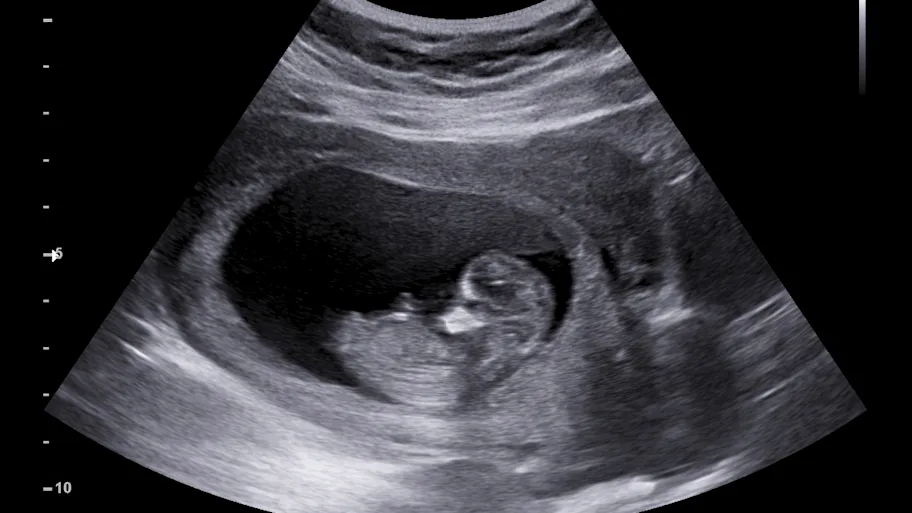
- Science news
- Featured news
- Study reveals erasing inequality could prevent hundreds of adverse births annually in major UK city
Study reveals erasing inequality could prevent hundreds of adverse births annually in major UK city

Precarious housing, financial hardship, and disadvantages based on ethnicity are just some of the factors that can result in negative pregnancy outcomes. They are also the reality that many women in one of the UK’s most diverse and deprived cities find themselves in. Researchers in Birmingham have examined how demographics, deprivation, and lifestyle factors impact the odds of babies being born too early or too small, as well as the odds of neonatal mortality. They estimated that if all women had the same odds of adverse pregnancy outcomes as White women living in less deprived areas, 211 low-weight and 191 premature births could be prevented each year in Birmingham and Solihull.
In Birmingham, 43% of the population live in the most deprived 10% of neighborhoods in England. It is well known that deprivation can lead to adverse pregnancy outcomes, including low birth weight, premature birth, stillbirths, and neonatal mortality.
Now, researchers there examined the association between demographic, socioeconomic, and lifestyle factors and the risk of adverse birth outcomes in Birmingham and neighboring Solihull, an area much less affected by deprivation.
“Within the study population, there were significant differences in the odds of adverse birth outcomes and the risk factors of adverse birth outcomes by ethnicity and socioeconomic deprivation,” said Dr David Ellis, a statistician at Birmingham City Council and first author of the article published in Frontiers in Public Health. “We estimated that 48% of low-weight births and 15% of premature births would not have occurred if all women had the same level of risk as White women living in less deprived areas.”
Deprivation and adverse birth outcomes
The researchers included more than 40,000 births in Birmingham and Solihull between October 2020 and April 2023 in their dataset. In their analysis, they included demographic data, information on housing and finances as well as the Index of Multiple Deprivation (IMD). On a scale to five, the national IMD ranks neighborhoods from most (one) to least (five) deprived. It combines data on employment, education, health, disability, crime, housing barriers, and lived environment. The outcomes for each examined group were compared to the outcomes for White British women, aged 20-29, living in an area with an IMD of 3 or more without known risk factors (reference group), and controlled for other factors, including smoking.
“Each local area has a unique population demography and health challenges,” Ellis explained. “The diverse population included in our study provides high enough numbers to meaningfully investigate inequalities by ethnicity and how this relates to deprivation.”
Ethnicity was found to be a significant risk factor for all examined adverse birth outcomes. Mothers for whom no ethnicity was recorded faced the greatest odds of premature birth, stillbirth, and neonatal death. Almost all ethnic groups experienced a higher rate of premature and low-weight births than the reference group. Living in a more deprived area or experiencing housing issues or financial strain also increased the odds of negative outcomes. Delayed first antenatal appointments also resulted in increased odds.
Read and download original article
No easy fix
While the study did not set out to be representative beyond Birmingham and Solihull and direct transferability of the results is not given, the size and diversity of the study population could provide beneficial insights into similar metropolitan regions with large diverse communities, the researchers said.
Not all births from Birmingham and Solihull hospitals were included in the data, and while the study included births spanning 2.5 years, data from a longer time period could reveal additional health inequalities. “The majority of mothers in Birmingham and Solihull live in deprived areas, and it is difficult to really understand the impact of socioeconomic deprivation,” Ellis said. “Therefore, despite being strongly associated with adverse outcomes in our study, these associations are likely underestimated.”
The researchers hope that sharing these results will support the region in making improvements and looking at how this might be undertaken on a larger footprint. “Different levels of interventions could address the identified inequalities, but there is no easy fix,” Ellis concluded.
REPUBLISHING GUIDELINES: Open access and sharing research is part of Frontiers’ mission. Unless otherwise noted, you can republish articles posted in the Frontiers news site — as long as you include a link back to the original research. Selling the articles is not allowed.







